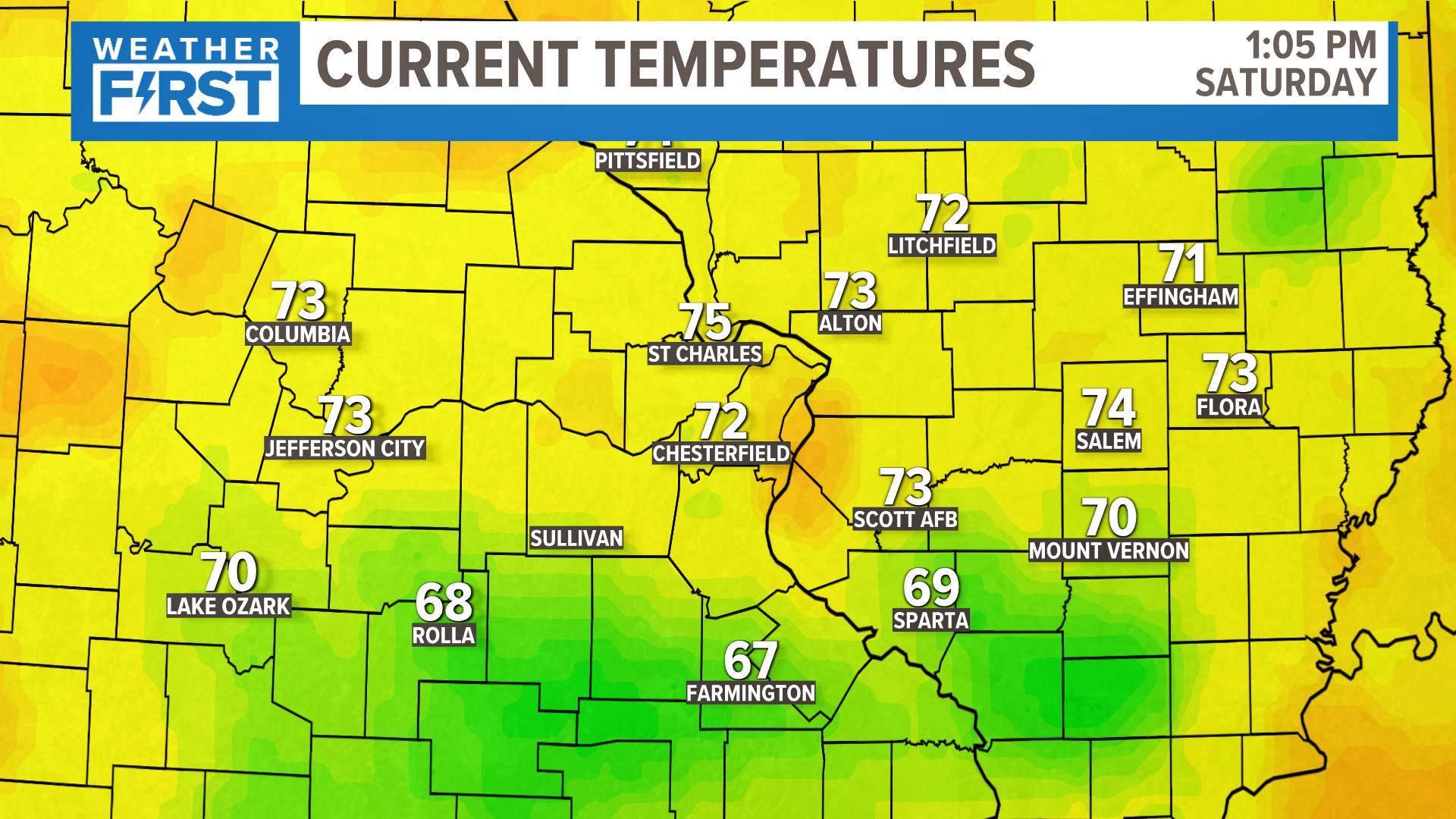

Of course, users of any subscription can try it out.
Current feels like temperature free#
Just to remind - this feature is still in beta and it is available for the users of our Free subscription. ws is the wind speed (m/s) at 10 meter above the ground.We calculate this parameter using the following formula: Assuming the force of the winds are equal, cooling effect will also be felt differently at a temperature of -5 ☌ and + 30 ☌ For example, -5 ☌ in high humidity and strong wind conditions will be much less comfortable than -5 ☌ in a rather dry, calm weather. In fact, at different temperature levels, this effect will also be different.

Simply put, this parameter accounts for the human perception of weather it lets you know how the temperature ‘feels’.Īpart from air temperature itself, other factors (such as air humidity and wind speed) have a significant impact on our perception of heat and cold. To be more precise, we have added ‘Feels like’ parameter at the moment, it runs in the beta mode. These systems, while their exact mechanisms are trade secrets, are believed to estimate the effect of solar radiation based on the available meteorological data that is reported (such as UV index and cloud cover).Another great update! This time, we want to let you know that our Weather APIs have just become more ‘human’. observation systems, and solar radiation can add up to 15 ☏ (8.3 ☌) to the apparent temperature, commercial weather companies have attempted to develop their own proprietary apparent temperature systems, including The Weather Company's "FeelsLike" and AccuWeather's "RealFeel". Since there is no direct measurement of solar radiation in U.S. It also does not have an explicit relationship with the perceived temperature a person feels when used for practical purposes, the WBGT is linked to a category system to estimate the threat of heat-related illness. It is not often used, since its measurement requires the use of a globe thermometer exposed to the sun, which is not included in standard meteorological equipment used in official weather conditions reporting (nor are, in most cases, any other explicit means of measuring solar radiation temperature measurement takes place entirely in a shade box to avoid direct solar effects).

However, it also applies to indoor temperatures, especially saunas, and when houses and workplaces are not sufficiently heated or cooled. Apparent temperature was invented by Robert Steadman who published a paper about it in 1984. The measure is most commonly applied to the perceived outdoor temperature. Index calculated to be similar to a temperature.Īpparent temperature, also known as " feels like", is the temperature equivalent perceived by humans, caused by the combined effects of air temperature, relative humidity and wind speed.
/cloudfront-us-east-1.images.arcpublishing.com/gray/4IKLOSLLPZHHXBQFG2YSDWJN7A.png)
Dial showing the value of the heat index or the windchill at the intersection of the two hands (temperature and relative humidity).


 0 kommentar(er)
0 kommentar(er)
